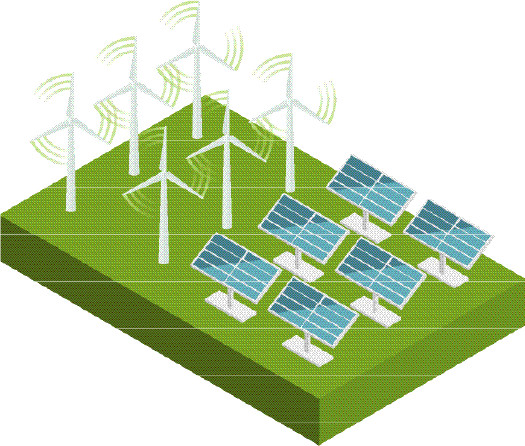Cross-border energy communities on distribution network level
The publication “Cross-border Energy Communities on a Distribution Grid Level” examines the technical and economic benefits of a local cross-border citizen energy cooperative on the German-Dutch border. For this, a cross-border connection of two regions on the medium voltage layer is modeled. The underlying model is implemented through an integer mixed optimisation problem. The model contains the electricity consumption of both cities, their assets for generating electricity, a battery storage and an electrolyser.
The research assumes that a ‘switchable element’, which can be seen as a virtual power plant with a German and a Dutch wind farm, is a promising approach for connecting the two cities. The individual wind turbines can be connected to the German or Dutch electricity grid every 15 minutes via a link. This means that the German and Dutch electricity grids are never directly connected to each other. In a simple scenario with constant burden but with additional investment in renewable energies, the cross-border element would lead to a 34% reduction in the region’s annual system costs. This is the starting point for the development of legal concepts for realising electricity exchange at the medium voltage layer.
>> Read the full conference paper
Citation:
- Stroink, T. Wawer and J. L. Hurink, “Cross-border Energy Communities on a Distribution Grid Level,” 2020 17th International Conference on the European Energy Market (EEM), Stockholm, Sweden, 2020, pp. 1-5, doi: 10.1109 / EEM49802.2020.9221917
Ander nieuws
-
Noord-Nederland de groene waterstofregio van Europa
Noord-Nederland heeft een Europese subsidie van twintig miljoen euro binnengehaald. Deze subsidie betekent > Verder -
European Sustainable Energy Week
Deze week staat in het teken van de European Sustainable Energy Week. Melinda Loonstra, beleidsadviseur > Verder

